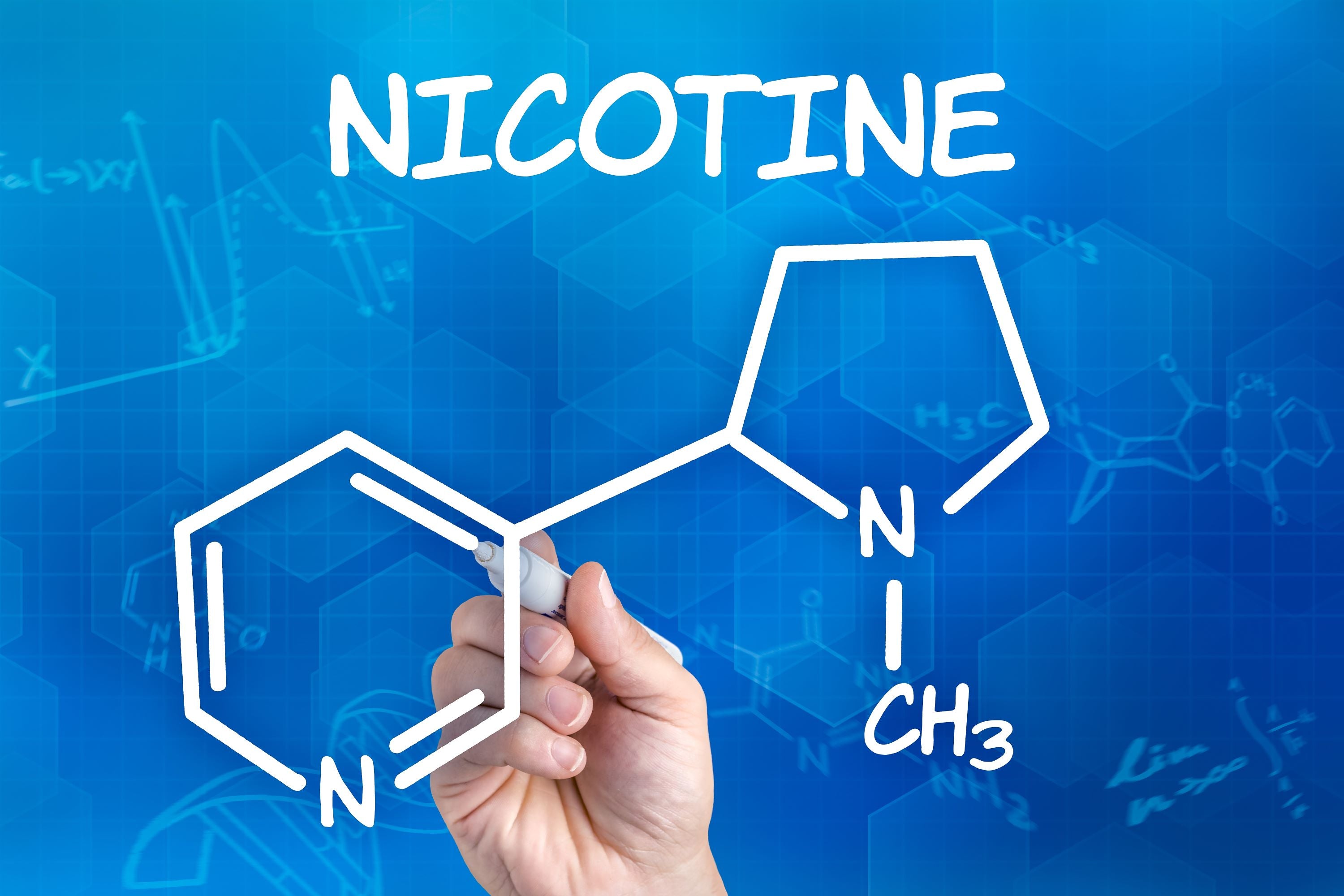A sudden nicotine withdrawal has many physical and psychological effects. To increase the chances of successful smoking cessation, consumers of nicotine-containing products should inform themselves in advance about what withdrawal symptoms to expect and how long they will last. Learn more about the typical symptoms of nicotine withdrawal and how to best alleviate them.
What is nicotine withdrawal?
When you regularly consume nicotine-containing products, your body develops an addiction. Addiction is evident when consumers increasingly crave tobacco and other nicotine-containing products. They lose control over the amount of products they consume and need to take more and more products to achieve the same effect.
Over time, our body forms additional nicotine receptors in the brain and binds nicotine to them. The more receptors you have, the more nicotine you need. A tolerance develops, and normal amounts are no longer sufficient to achieve the mental effect of tobacco as a stress reliever. Withdrawal symptoms occur when consumers abruptly stop taking nicotine-containing products.
When does nicotine withdrawal begin?
Nicotine has the effect of suppressing negative emotions such as stress, anxiety, and irritability. When you quit smoking, the lack of nicotine stimulates your cells and leads to the typical withdrawal symptoms. Consumers become stressed, irritable, and less focused. Smoking withdrawal symptoms can last for days to weeks. The duration of nicotine withdrawal depends on the dose and duration of dependence.
Overview of the individual phases:
- Shortly after you smoke your last cigarette, the effects of nicotine wear off and your body craves more nicotine.
- Consumers become increasingly restless after about 10 hours without a cigarette.
- After 24 hours, you will feel more irritable and your appetite will increase.
- After 2 days, nicotine breakdown begins and many patients complain of headaches.
- After 3 to 5 days, the nicotine is completely discharged from the body and the desire for the next cigarette diminishes. However, some smokers experience anxiety during this time. Smokers often cough more frequently as their cilia begin to grow back.
- After 2 to 4 weeks, the smoker feels lethargic and has difficulty concentrating.
- After 5 weeks, you should have escaped nicotine addiction, but your brain occasionally sends signals prompting you to smoke and generating cravings.
For most smokers, the first five days after quitting nicotine are the worst. Over time, withdrawal symptoms subside and your body recovers.
What are the symptoms of nicotine withdrawal?
Nicotine withdrawal symptoms began just a few hours after I smoked my last cigarette. The symptoms vary in severity, and some smokers report few or no symptoms. Common symptoms include restlessness, depressive mood, fatigue, nervousness, irritability, increased appetite, and difficulty concentrating.
How can I reduce nicotine withdrawal?
If you want to quit smoking, you have two options:
Quit smoking abruptly (cold turkey) or gradually reduce the amount of cigarettes smoked. A gradual withdrawal is less strenuous on the body and mind and has a higher chance of success. To reduce nicotine, snus can be used instead of cigarettes. The amount of nicotine varies and can be gradually reduced until the body no longer needs it.
Conclusion - Nicotine withdrawal affects the body and mind
Nicotine withdrawal has many effects on the body and mind. Your body becomes accustomed to regularly consuming nicotine and becomes frustrated when you try to quit. Nicotine withdrawal symptoms begin hours after smoking the last cigarette and last for varying lengths of time. The most common withdrawal symptoms include headaches, nervousness, anxiety, and increased irritability. For many people, cold turkey withdrawal is painful, so you should try to gradually reduce the amount of nicotine.


